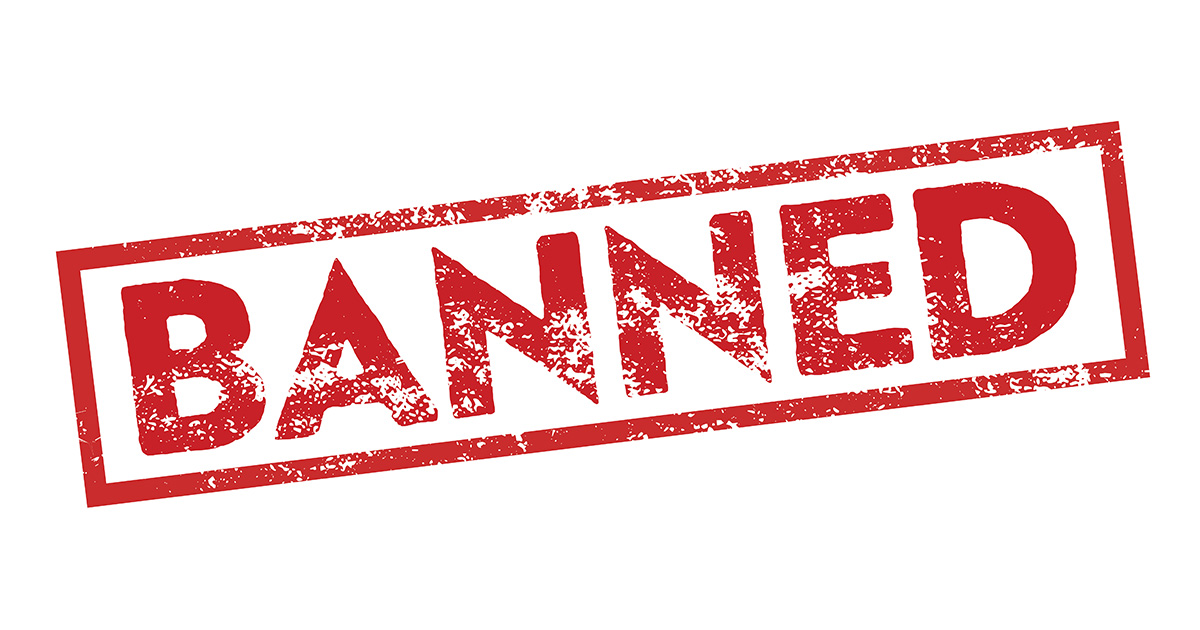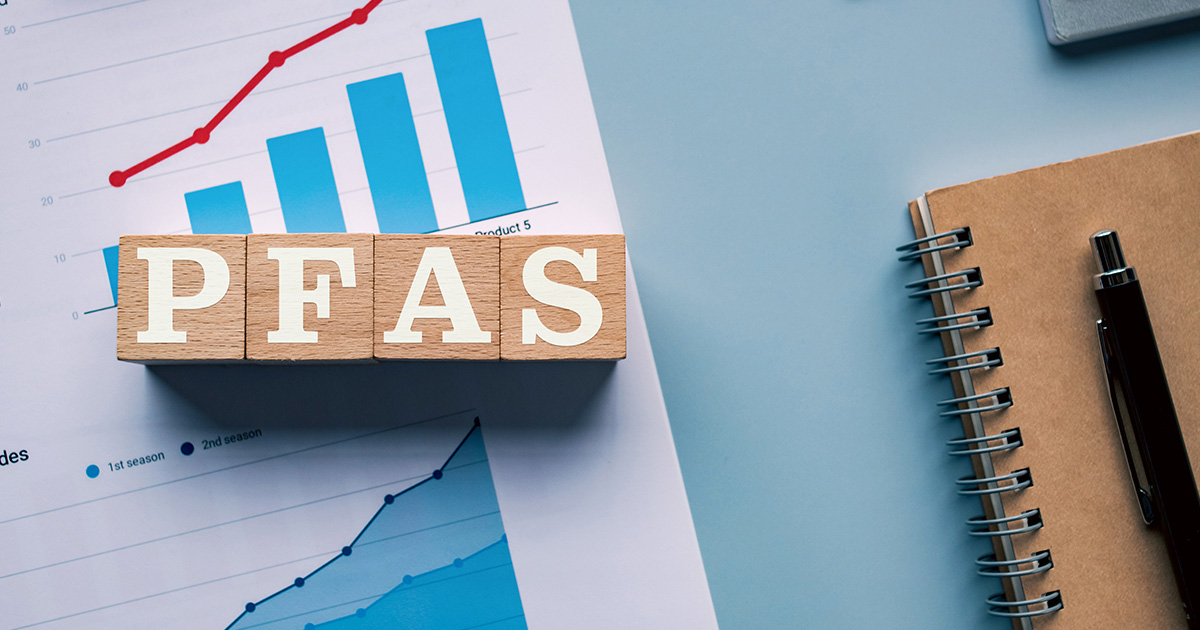What’s worse than a bad neighbor? Different things annoy different people, so the definition of a bad neighbor is a personal thing, but I’m sure you’ve all heard from your neighbors a time or two through the years. What kind of things did they have to say? Most residents don’t take the time to call a neighboring business unless it’s bad news; right? Maybe they don’t like the noise or smell from your operations, it could be that they don’t like all the traffic on their street caused by your new drive-through lane, or perhaps the sight of your back lot with storage and a dumpster is displeasing to them. When an environmental investigation and cleanup is necessary, dealing with neighbor concerns can become a nightmare for everyone since these activities can be temporarily loud, spatially disruptive, and ugly. It’s very easy these days for a negative comment or sentiment from a neighbor to get posted to a social media platform and really cause some trouble. Nobody wants that.
Practically speaking, your neighbors are either residences or businesses. Of course, there could be a farm field, or a park, or a forest, but there is cause for less concern since there isn’t full-time human occupation in these settings. When considering how your neighbors will perceive your environmental project, your environmental team must look at the potential aesthetic impacts, such as noise and ugliness, and how those less severe issues can lead to legal liability.
THE PLANNING AND EXECUTION PROCESS DURING AN ENVIRONMENTAL INVESTIGATION
Starting with the least offensive issue to your neighbors: an environmental investigation can create a small spectacle at your property. The process of collecting soil and groundwater samples from locations across the property requires reasonably large equipment. One of the most common pieces of equipment at an environmental project site is a drilling unit of some type. The hydraulic hammer drives the coring tube into the ground, and then the tube is retrieved, and the soil within is collected. The drilling equipment is either mounted to the back of a truck or a track-driven, remote-controlled unit. This process sounds like a large jackhammer, and it’s loud enough that hearing protection is necessary when near the equipment. The noise can certainly be annoying to nearby people, especially when the sampling event takes all day or multiple days. A heads-up to your neighbors that some temporary noisy construction is on the way before drilling day could help ease any potential problems.
An experienced consultant makes a huge impact during this process. Find out what other things you should consider when looking for a consultant.
ROTARY DRILLING
Another common drilling method is rotary drilling, in which sections of hollow augers are spun into the ground using a dedicated engine mounted to a large vehicle. Drilling with this method can be loud when the engine RPMs are high, and the drilling units have tall masts and are typically quite a bit larger than the direct-push equipment. Again, the neighbors will be curious about what’s going on, and they could be concerned, so some advance notice could keep tensions low. It’s important to be empathetic to your neighbors early on in the investigation process because future activities could be even more invasive as you learn more about the size of the contaminant plume. It is not uncommon for environmental releases from drycleaning operations to create soil or groundwater plumes that extend beyond property lines. That means that at some point, you may be faced with the reality that you will need to ask your neighbors for a favor.
STAKEHOLDER PLANNING
When the need arises to advance the investigation of your contamination across property lines, you’ll work with your environmental consultant and perhaps your environmental attorney to create a plan for approaching your neighbors. There could be a need to have access to their property for one of several types of sampling, and they’ll need to permit you in a written access agreement. Getting permission is an important step of the process that can’t be skipped. Once signed by the property owner, a written access agreement is their permission for you to be on their property doing the sampling described within the document. Sometimes the required sampling is simply collecting some soil samples outside, close to the property line. Sometimes there is a need to install groundwater monitoring wells in their parking lot or yard, which is a bigger deal. It is not uncommon to need to enter someone else’s home or building to collect air samples from within the structure or beneath the floor. These can be tenuous situations, so pay close attention to the advice from your professional team. There is a lot of risk for you when you need to sample on someone else’s property, so a smile and a handshake alone won’t cut it, but hopefully, they’ll help.
CLEANUP ACTIVITIES AND NOISE
Beyond the investigation process, cleanup activities can create another set of potential annoyances for your neighbors. If your contamination is identified on their property, it will need to be addressed. Even if the contamination doesn’t cross onto their property, on-site activities can be large and noisy, which could create tensions. Some soil and groundwater remediation technologies use large electric motors to remove contamination. They need to run as often as possible, preferably 24 hours a day. Timers can be employed to turn them off at night or over the weekend when residential neighbors may be the most sensitive to noise. However, every minute the remediation system is turned off adds to the total length of time the cleanup will take.
Learn more about the different methods of remediation that environmental consultants have in their tool belt.
ADDRESSING YOUR NEIGHBORS
Aside from temporary noise and ugliness, there are more significant concerns that might arise with your neighbors. For example, we know that perc vapors can migrate through the soil from environmental releases, which could seep into nearby structures, and this is called vapor intrusion. Suppose those vapors are present in the breathing air inside your neighbor’s building or home. In that case, there is a very strong probability that vapor intrusion will need to be stopped with the installation of a mechanical system. So, the conversation could go something like this, “Hi, neighbor. The regulatory agency is telling us that it is necessary to install a vapor mitigation system on your home to protect you from vapors emanating from our contamination problem.” Hopefully, you can see how good neighbor relations at the very beginning of the investigation process could help you build up some good rapport with them to help with these difficult conversations.
The environmental investigation and cleanup process is not a fun one for the responsible party, it can be costly, and neighbor relations can be strained. However, the good news is that when you take on the challenge of addressing contamination, you are solving problems. Your neighbor might not want to listen to a drill rig for a couple of days or let you into their building to conduct sampling, or even work with you to develop a long-term remediation schedule that they can live with. However, the fact remains that you would rather tackle these problematic challenges than allowing the contamination to remain in place and cause further harm. When you take that mindset, you have the most reasonable, forthright, and virtuous position possible.
Learn more about how we can help you keep a good relationship with your neighbors during your environmental cleanup activities.



